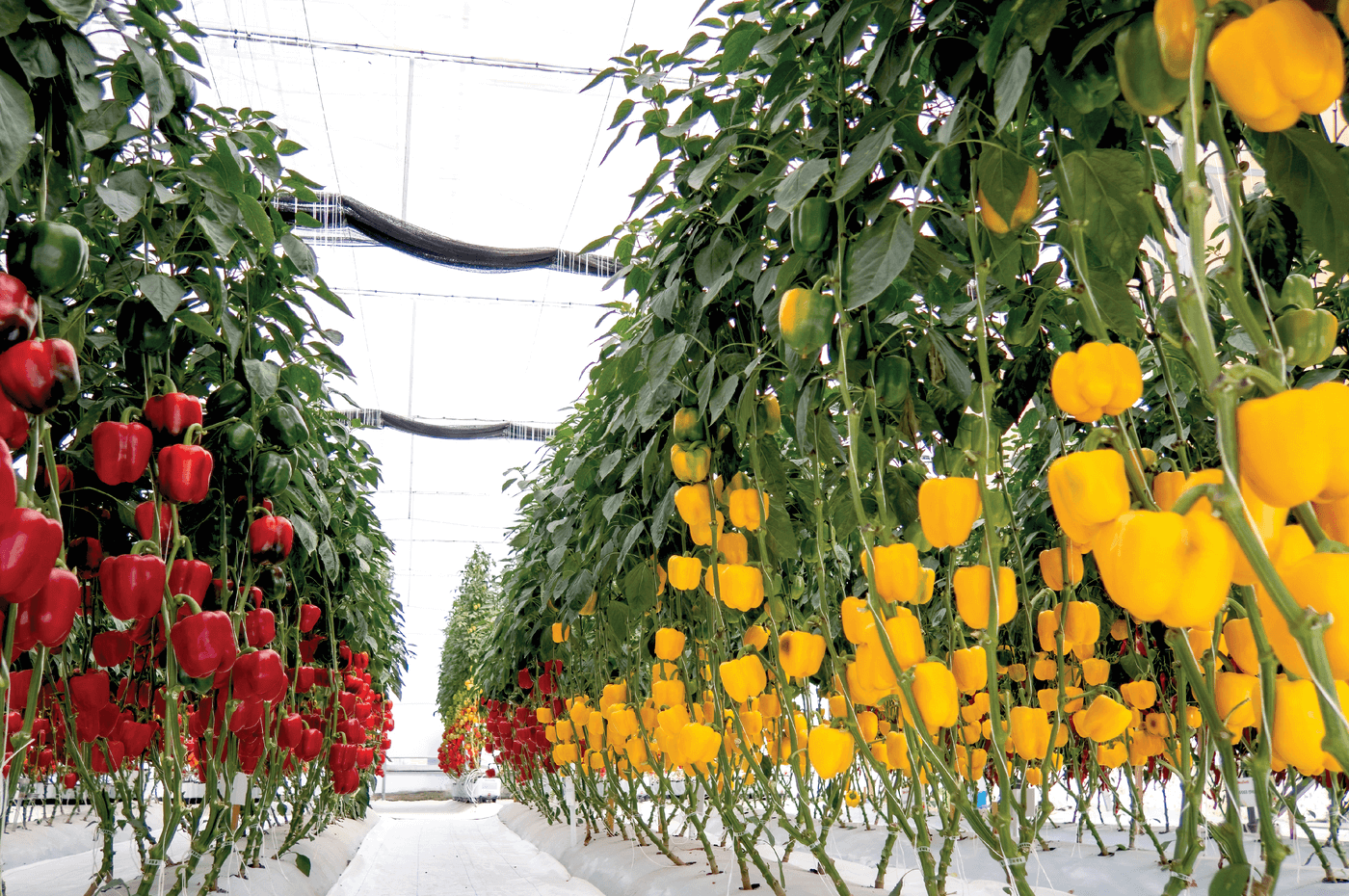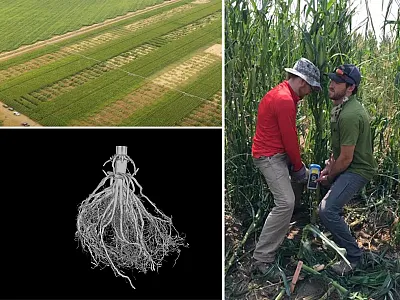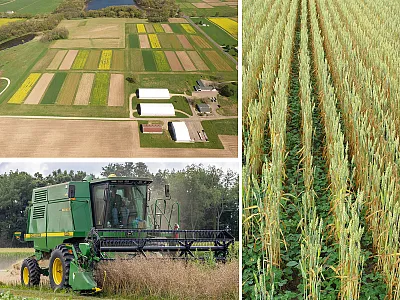Greenhouses Boost Chili Yield, Quality

This article is part of a new series breaking down and explaining recent food and farming research for readers of all backgrounds, including those without formal scientific training.
As public demand for chili peppers rises, researchers continue to refine the most effective methods to grow large, healthy chilies.
A review of that research published in Agrosystems, Geosciences & Environment in May found that greenhouses and similar systems regulate chili temperature, keep out pests and diseases, and prevent pollen from escaping.
The review filled a knowledge gap by moving beyond the general benefits of greenhouses to systematically find the best growing designs for chilies. Authors reviewed 122 articles about these systems, including shading and other conditions that affect chili productivity.
So why can shading and greenhouses be effective for chilies? Greenhouses can help control the six largest issues with chili growth: temperature, frost, humidity, pests and diseases, poor pollination, and water use.
They regulate temperatures to prevent overheating, flower loss, and wilting. They also prevent frost from entering and wilting the chilies while lowering the humidity enough to prevent fungal infection. Because greenhouses keep out diseases and pests, quality and supply can stay up without pesticides, and the pollen stays in the growing area. Finally, they use water more efficiently, avoiding root rot and increasing the total number of fruits.
Shading protects chilies from pests and excessive sunlight and heat, which causes rot. Shading chilies ensures that the fruits and leaves can grow big without drying out or being infected. It also extends the growing season.
The review cited research showing that 50% shading improved the yield of chilies and tomatoes in the test greenhouses, letting them absorb more nutrients and ripen properly. Hot temperatures outdoors make the fruits grow faster but can over‐ripen them at harvest time. They also become shorter and flower too quickly, which makes the pollen less likely to produce new plants. Greenhouses also reduce the amount of land and water needed to grow these crops.
The health of chili peppers can be determined by looking at their total capsaicin, the chemical that gives them their spicy taste, and their total vitamin C and chlorophyll. Using white and red shaders helps these color wavelengths reach the plants and increases their vitamin C, and high humidity and rainfall increase the capsaicin. Conversely, the hot temperatures outdoors lower the vitamin C, antioxidants, and flavor of chili peppers.
The studies found that growing chili peppers indoors with high relative humidity and rainfall leads to 50% higher growth rates than locations with low humidity and rainfall. According to various authors, enclosed growing designs can lead to a:
- 15% increase in pollination (screen house)
- 25% average yield increase (greenhouse)
- 20% reduction in water usage (greenhouse)
- 30% reduction in extreme weather damage (greenhouse)
- 40% reduction in pests (screen house)
- 50% reduction in sunburns (shading)
- 15% increase in fruit quality (shading)
Using greenhouses and other enclosed designs for growing chilies is a highly effective solution for the problems caused by growing chilies outside, the review found. With improvements seen across the board, this study will hopefully encourage more chili farmers to implement greenhouses and provide consumers around the world with more chilies to enjoy.
DIG DEEPER
Ahmad, F., Kusumiyati, K., Soleh, M. A., Khan, M. R., & Sundari, R. S. (2024). Chili crop innovation: Exploring enclosed growing designs for varied varieties—A review. Agrosystems, Geosciences & Environment, 7(2). https://doi.org/10.1002/agg2.20491
Text © . The authors. CC BY-NC-ND 4.0. Except where otherwise noted, images are subject to copyright. Any reuse without express permission from the copyright owner is prohibited.










